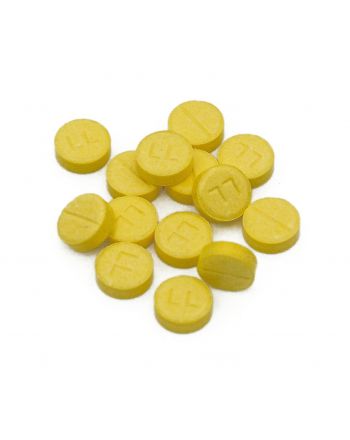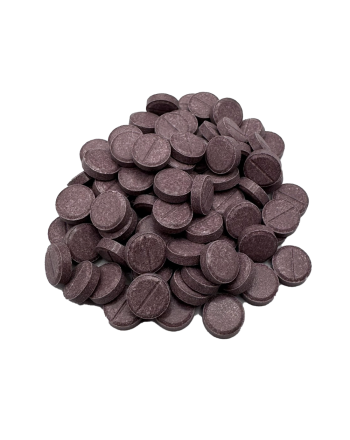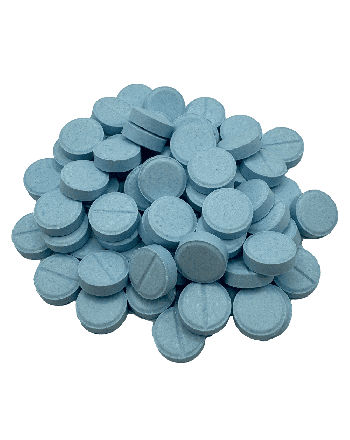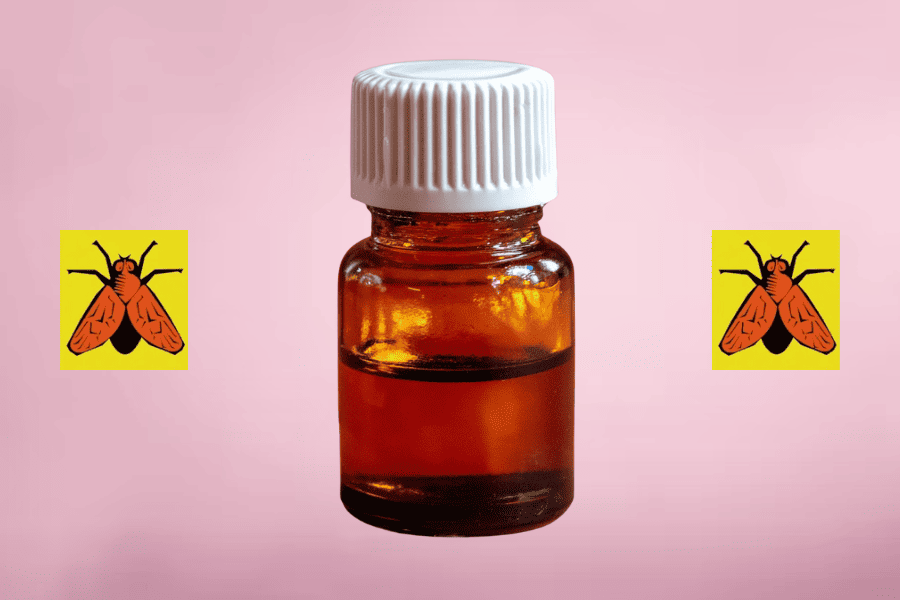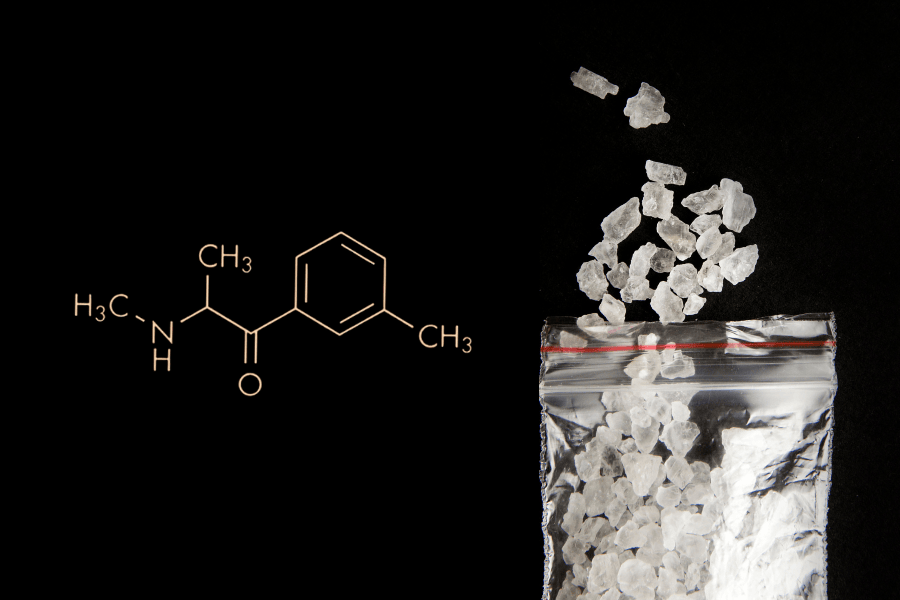What is 4F-Methylphenidate?

4F-methylphenidate, also known as 4F-MPH or 4F-Ritalin, is a synthetic compound gaining increasing attention in both scientific circles and among users of new psychoactive substances. Although often compared to Ritalin due to similar effects, 4F-methylphenidate is a unique chemical entity with properties of its own. This research chemical, primarily intended for laboratory research, exhibits stimulant effects similar to those of methylphenidate (Ritalin). In this blog, we examine the chemical structure, pharmacological action and reported effects of 4F-methylphenidate. We stress that, despite its similarities to Ritalin, 4F-methylphenidate is for scientific research only and not for human consumption, given its unknown risks and the lack of clinical studies on its safety.
What is 4F-Methylphenidate?
4F-Methylphenidate is a research chemical with stimulant properties, with the active ingredient being methylphenidate. In terms of its effects, this research chemical is similar to amphetamines, but its effects are generally less potent. The effects can vary from one experiment to another, but it is generally noted to induce euphoric feelings and, for individuals with ADHD or ADD, a sense of calm. Additionally, increased focus is often reported for a duration of around 3 hours. Many people believe it lasts for four hours, but both onset and offset take half an hour each. So, the effective duration is about 4 hours.
How does 4F-MPH make you feel?
4F-Methylphenidate is a stimulant substance, and its effects can be compared to amphetamines such as speed and 4-FMA, as well as Ritalin. In this blog, you can read more about the effects of 4-FMA. Studies suggest that 4F-Methylphenidate can have the following effects:
- Enhanced focus
- Increased energy
- Prolonged euphoric feelings
- Possible reduction in racing thoughts
- Elevated libido
- Potential clammy hands
- Improved analytical abilities
- Enhanced appreciation of music
- Dry throat
What are the potential downsides of 4F-Ritalin?
User reports indicate an increased incidence of adverse effects when using 4F-methylphenidate. Common complaints include extreme thirst and decreased appetite. At higher doses, more serious side effects are reported, including tachycardia, excessive sweating, paranoid thoughts and anxiety. Physical symptoms such as jaw clenching and limb tremors have also been observed with increased intake.
The lack of extensive scientific research on 4F-methylphenidate results in a knowledge gap regarding optimal dosages and potential interactions with other substances. This underscores the need for caution and restraint when using this research chemical. The absence of clinical studies limits our understanding of the full risk profiles and safe use guidelines, increasing the potential dangers for users.
What is the difference between Ritalin and 4F-MPH?
4F-Methylphenidate is sometimes referred to as Ritalin for a reason. This research chemical closely resembles the effects of Ritalin. Ritalin is a medication commonly used by individuals with ADHD or ADD to improve concentration or promote a sense of calm. One difference between this medication and 4F-Ritalin is that lower doses of the research chemical can achieve the same effects. Additionally, the research chemical has a longer duration and can interfere with sleep. Ritalin, on the other hand, is available only by prescription, like other concentration-enhancing medications. Previously, you could still buy 4F-MPH online, but as of July 2025, this research chemical has also become illegal
How long does the research chemical last?
When you embark on experiments with this research chemical, you will notice that the initial effects start to take effect within 20 to 30 minutes. 4F-MPH typically lasts for about 4 hours. There have been cases where effects persisted for up to 8 hours, typically observed in individuals with naturally low dopamine levels (making them more sensitive to the amphetamines within the compound). The exact duration of the substance's effects also depends on the method of intake, the dosage, and an individual's sensitivity to the substance.







